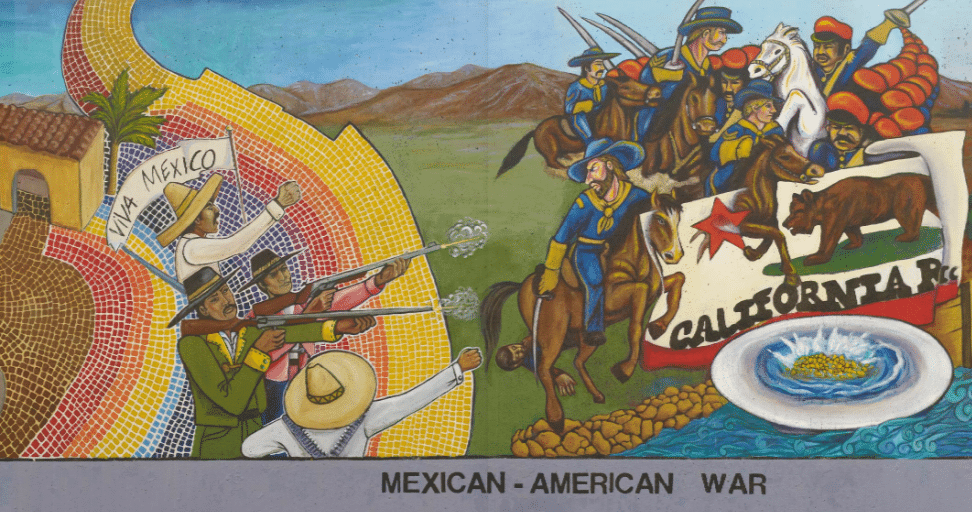Every year, in my U.S. history class, my students do the U.S. Mexico War mixer. My students have a lesson on the war and, through readings and lecture, are encouraged to see the war from many perspectives, including the Mexican perspective of the war as a “War of Dismemberment,” in which Mexico lost one-third of its territory to the United States in a conflict provoked by the Polk administration. The mixer provided a great way for students to jump more in-depth into trying on the various perspectives of people affected by the war.
During the pandemic, I didn’t want our district’s move to “distance learning” to deprive my students of valuable lessons in people’s history, so I taught a modified version of the mixer. Fortunately, my students have school-issued laptops, access to the G-apps suite, and (as far as I am aware) decent access to broadband internet.
Using Google Classroom, I posted the variety of roles in a .pdf for students to access and asked them to complete the worksheet provided in which they had to “meet” a variety of figures. If we had more time to spend on this lesson, I could see myself making a more robust version, where the students are assigned roles — as they traditionally were in the normal classroom version — and then post videos of themselves introducing themselves on FlipGrid or “meeting” in groups using Zoom.
I won’t let the challenges we are presented with stop me from allowing my students access to meaningful lessons in social studies that integrate principles of human rights and social justice.







Twitter
Google plus
LinkedIn